
Crop Insurance & Satellite-Based Solutions For Farmers
Crop insurance protects farmers from financial and production losses for various reasons. With the help of satellite data, crop insurance companies can more accurately analyze the cultures’ condition before and after losses. It allows them to make better and more profitable policies. In turn, farmers and agribusiness consultants can use crop insurance benefits to improve the quality of agricultural work and protect production from losses.
What Is Crop Insurance?
Agricultural coverage protects agribusiness companies, including agricultural co-ops, from unforeseen yield losses and related financial losses. It differs from traditional insurance, which pays specific amounts of incurred losses. In this case, farmers receive an effective risk management tool to prevent a decrease in income. For example, the US Federal Crop Insurance Program (FCIP) allows you to save up to 75% of a yield . At the same time, insurance measures are adapted to the needs of different groups of producers. Beginner farmers can receive additional support measures.
Agricultural insurance is highly beneficial for small farms. It protects them from the potentially catastrophic consequences of yield failure and increases economic resilience. Small producers can spend additional finances to invest in their own business, such as introducing new technologies. It increases the production and economic potential of small enterprises.
- local disasters, for instance, a landslide or a downpour, causing damage to a farm;
- the problem of sowing or germination of a plant: here, any phenomena that impede agricultural work are considered, such as a lack of rainfall;
- permanent loss of plants: this direction implies comprehensive insurance in case of unavoidable disasters, such as typhoon, hail, or floods;
- post-harvest losses: this insurance type saves farmers from losses two weeks from the harvest time.
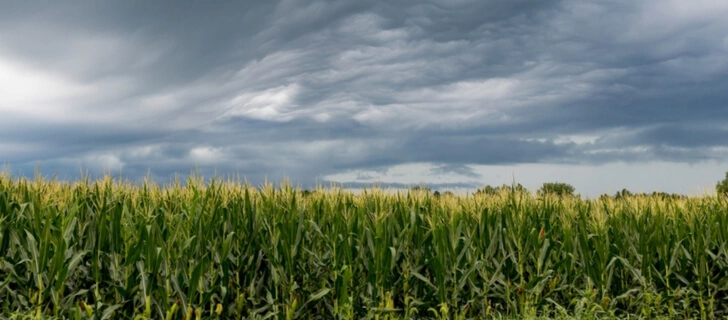
Types Of Crop Insurance
Agricultural coverage types are determined by the insurance object and the damage type covered. For example, there are multiple peril crop insurance (MPCI) and crop hail insurance. Let’s take a closer look at both types.
Multi Peril Crop Insurance
As mentioned above, MPCI covers costs and fluctuations in the prices of agricultural products due to natural events. These could be the following factors:
- fires;
- an insects’ invasion;
- drought;
- crop diseases;
- floods.
However, this insurance type doesn’t cover damage to infrastructures, such as warehouses and animal pens. Before farming begins, farmers must purchase a policy to have legal grounds for potential claims.
In the US, MPCI is part of the FCIP, under which the government works with 15 private insurance companies. The sum is determined by the Risk Management Agency (RMA).
Crop Hail Insurance
This coverage type is not within the state’s competence. Only private insurers deal with it. Using this policy, manufacturers can cover damage caused by a specific event, such as a flood. At the same time, these policies will not protect against other weather risks such as frost or drought. Also, crop and hail insurance does not cover fluctuations in the prices of agricultural products. In general, this type is suitable for farmers who do not participate in the federal program or for damages below the threshold of state payments under MPCI. The latter is because hail (the leading cause of complaints under this policy) can only partially destroy yield and requires less compensation.
Yield And Revenue Protection Crop Insurance
Farmers most often use these coverage types for plants like wheat and barley. Since the policies are MPCI, they cover costs for several reasons: excessive moisture, drought, hail, etc. Here are their features. Yield Protection defends against yield costs, while Revenue Protection defends manufacturers from price cuts that can occur even with average yields. The first policy insures a unit of measure and the revenue crop insurance a fixed amount of money. At the same time, the grain’s price changes quite often, sometimes even several times a day, so many farmers prefer RP. Revenue protection crop insurance brings in potentially more revenue when the grain supplier needs help to fulfill a contract and wants to alleviate financial difficulties.
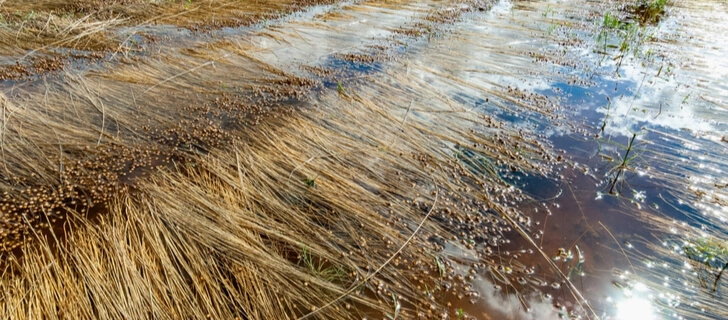
Other Types Of Crop Insurance
In addition to those listed above, there are other types of crop insurance for farmers. They are less common, but some deserve special attention:
- T-yields crop insurance. The policy assesses the potential yield and is typically used if the client cannot provide a production history of at least four previous years .
- Prevent plant crop insurance. It is used if the insured culture cannot be planted due to, for example, extreme weather conditions .
Parametric crop insurance (index based crop insurance). This coverage type is calculated based on a predicted event, such as exceeding a certain level of precipitation in a particular area. - Catastrophic crop insurance. CAT is part of the US FCIP and covers costs over 50% of the average yield over the farm’s life.
- Crop production insurance. This policy insures growers if the harvest falls below the guaranteed production volume, which is calculated on the history of the particular enterprise’s yield.
There are situations in which coverage companies are not required to pay compensation. Here are some examples:
- nuclear risks and losses associated with war;
- the destruction of yield by state’s decision;
- damage caused by animals and birds, and so on.
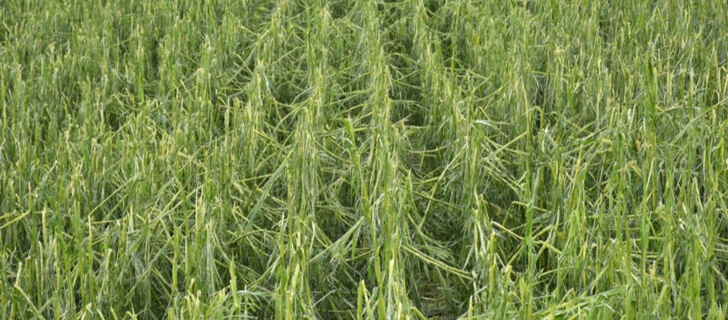
What Crops Are Eligible For Crop Insurance?
All major cultures are eligible for crop protection insurance. However, the features of damage coverage and the amount of financial assistance differ depending on the region. For example, the US FCIP covers standard crops like soybeans, corn, and wheat and excludes specialty yields with more than 300 products. It can be fresh or processed fruits, vegetables, spices, herbs, hazelnuts, honey, tea, and so on. Such crops are also excluded from the USDA’s income support programs in the US.
EOSDA Crop Monitoring
Fields analytics based on high-resolution satellite images to track all the changes on-the-spot!
Advantages Of Crop Insurance
The apparent crop insurance advantage is the protection of the yield from unforeseen circumstances. Since many farmers live off their products, financial support is socially necessary. In general, this industry provides a solution to the following tasks:
- minimization of debts, the ability to repay loans during a crop failure;
- stable income: the possibility of making a profit even in the event of agricultural losses;
- yield protection and the possibility of preventive and safe replanting;
- technical equipment: insurance companies cooperate with IoT-based agricultural platforms and help farmers introduce modern technologies in agriculture;
- obtaining information important for production: insurers provide farmers with data on the consequences of natural disasters and tools for protection.
Thus, crop insurance provides peace of mind in the agricultural market, allowing you to promptly predict disasters and protect production. Also, financial support is essential for poor farmers who can use technology and money to solve life’s problems.
EOSDA launched its EOS SAT-1 multi-purpose satellite, focused on agriculture, forestry, natural disaster management, and urban monitoring. On Jan 3, 2023, it was delivered to LEO (Low Earth orbit). This satellite will make EOSDA products even more precise, having its own satellite data for analysis. As for now, EOSDA Crop Monitoring meets the needs of agribusiness providing valuable data to monitor and analyze yield state and decision making in terms of farm management.
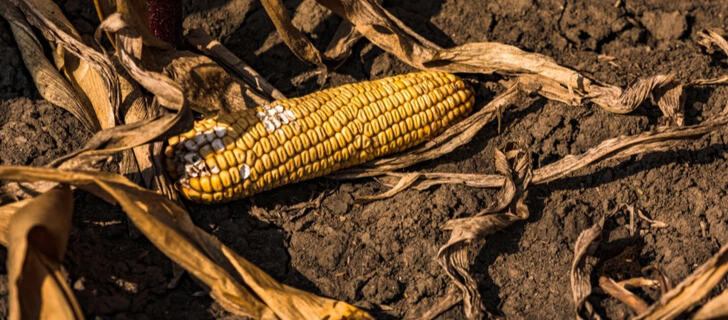
The Efficiency Of Satellite Monitoring For Crop Insurance
Crop monitoring using remote sensing is an effective way for analyzing the yield’s condition, providing agricultural insurance companies great benefits. With the help of satellites, which are multitasking operating systems, insurers can solve the following problems.
Accurate Field Area Measurement
The software allows you to calculate the current field area in a few seconds automatically. At the same time, EOSDA Crop Monitoring uses satellite imagery for agriculture, so the accuracy of measurements does not depend on the size of the field. Additionally, the system allows you to outline the contours of the study area in the form of an interactive map for greater clarity. Thus, farm crop insurance companies can accurately estimate the size of the insured object for further calculation of financial compensation.

Assessment And Prediction Of Field Productivity
EOSDA Crop Monitoring provides several ways to assess the current and potential field’s productivity at once. With the help of satellite imagery, agri crop insurance providers can determine whether an area has been harvested or not. The zoning on EOSDA Crop Monitoring is also essential for agriculture crop insurance. Satellite technology measures the Normalized Difference Vegetation Index (NDVI) to determine vegetation density and health status. Thus, coverage companies can get an idea of the level of vegetation in respective field sections and calculate the total area of productive segments. Moreover, productivity maps cover a specific period. So, users can determine how many years certain parts of the field were with higher and lower vegetation, and this indicator determines the actual plots’ productivity.
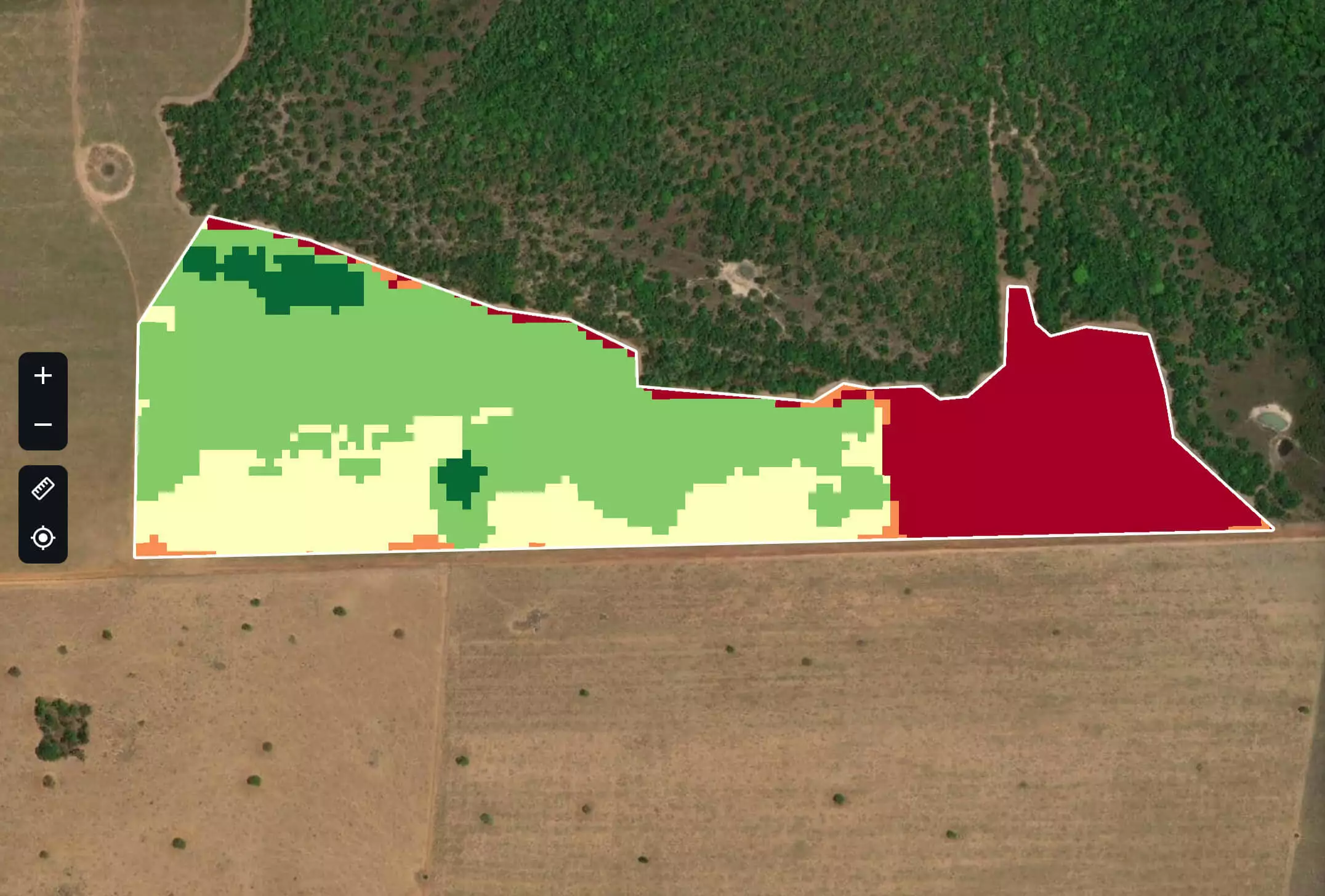
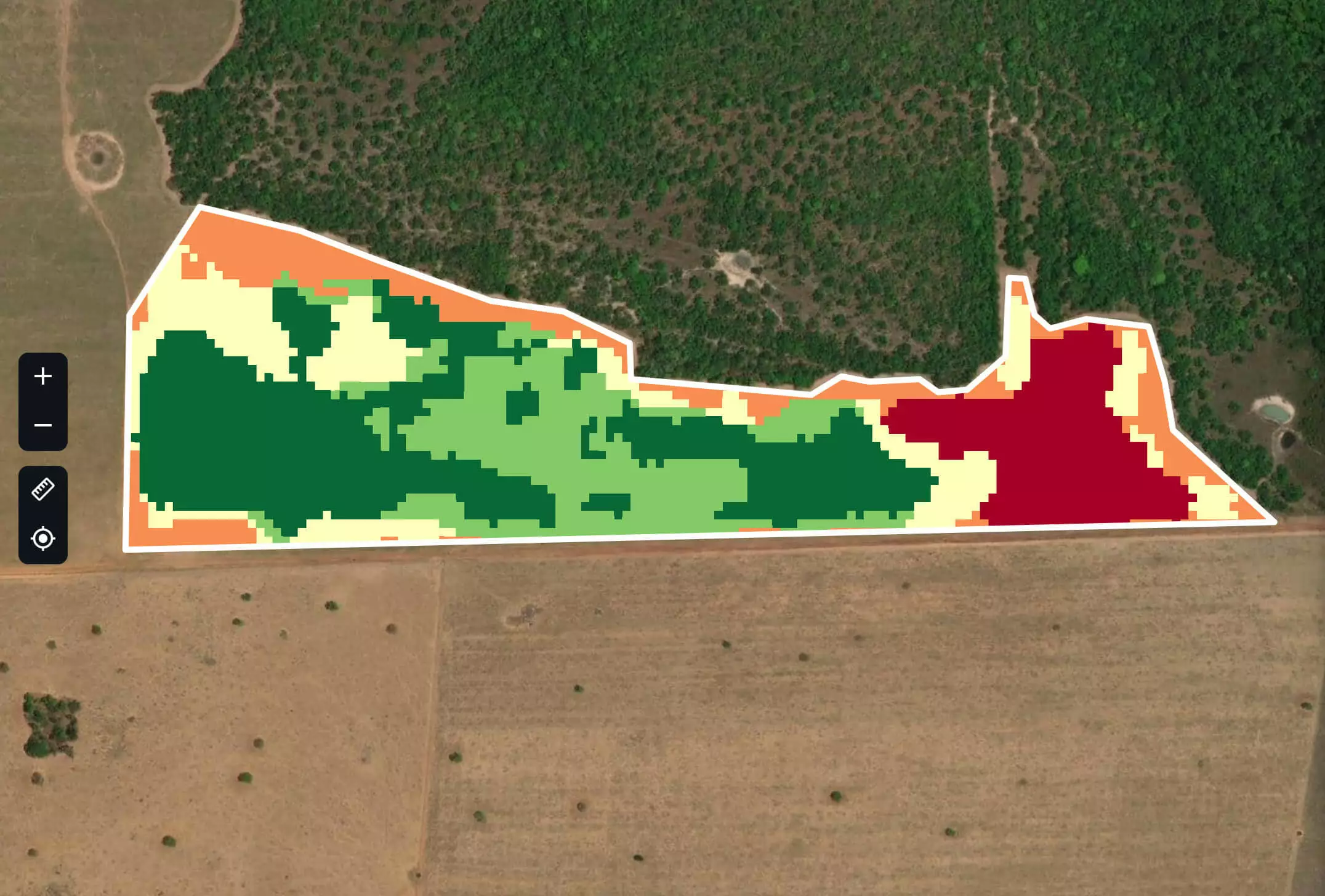
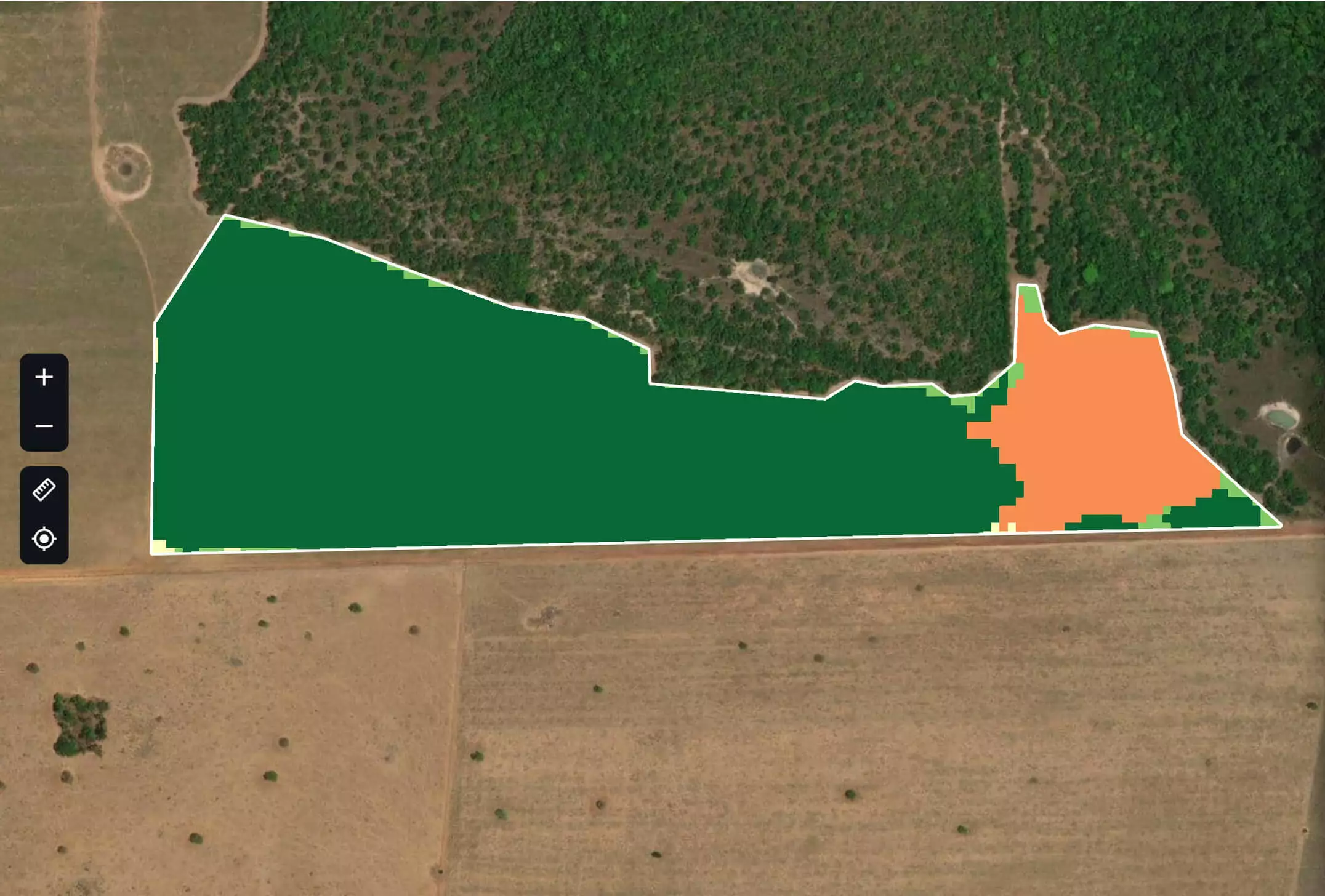
Keep And Share Your Records In One Application Via Scouting
This feature will help crop insurance companies narrow field inspections to problem areas only. Thanks to it, they can solve problems online in a matter of seconds: EOSDA Crop Monitoring platform combines satellite imagery with NDVI-based vegetation mapping. The sequence of steps is as follows:
- You must specify the GPS coordinates by placing a point on a field’s interactive map.
- Give a name to the task.
- Optionally, add a description of the task and save.
- The application instantly creates a new task and, after opening, shows the very point in the field, placed by the user on the interactive map.
- The scout finds a point on the map in the application, comes to the place, documents the problem, and makes a report.
Tasks can also be completed offline. The recorded data will be available immediately after the Internet connection is restored. Crop yield insurance providers can track task completion status directly in the system and download Excel spreadsheets. Thus, EOSDA Crop Monitoring allows you to store all data in one place and have constant access to it.
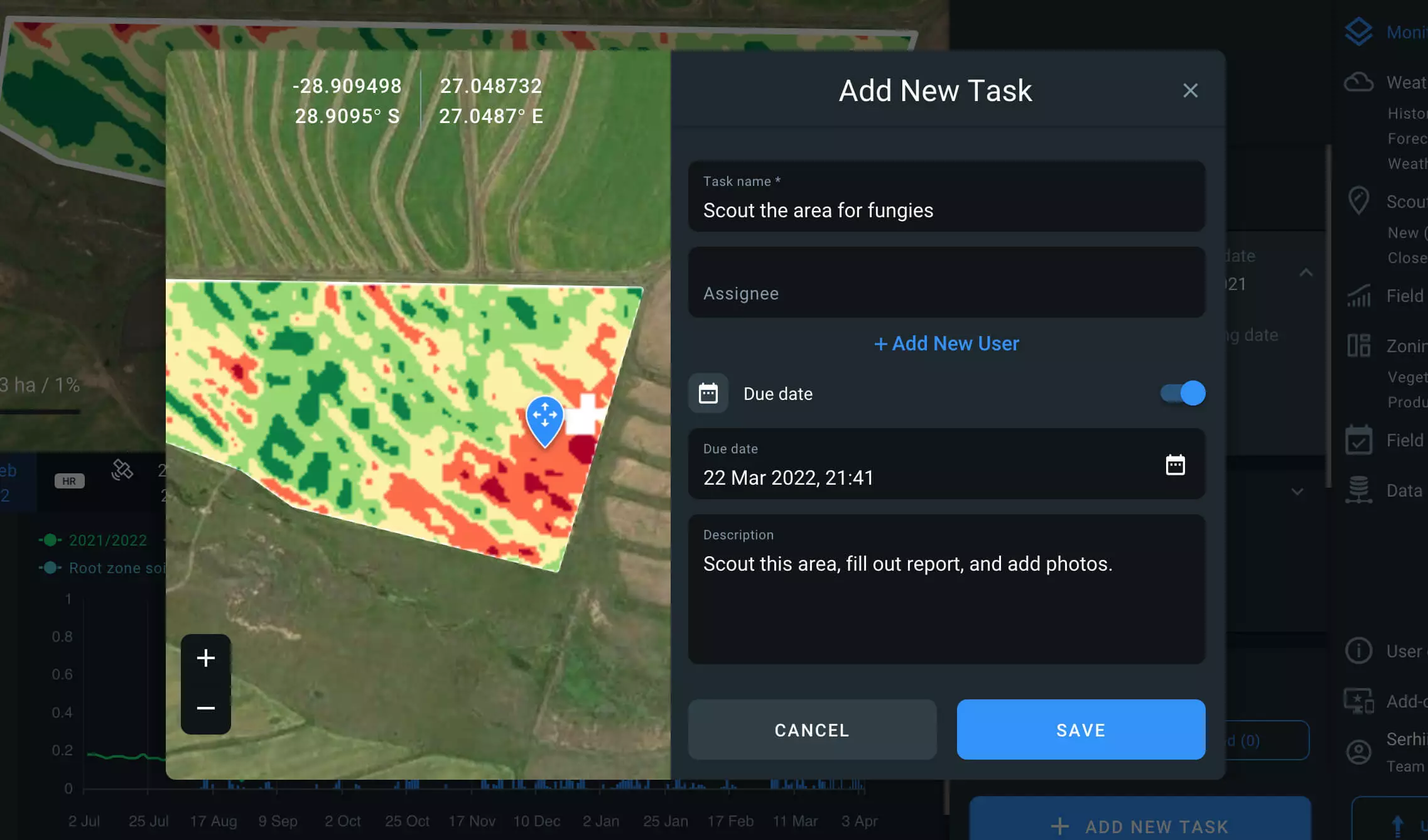
Monitoring the Moisture Level in Plants
Timely detection of water stress can prevent some negative consequences for plants. For this, NDMI, the moisture index, is used. Its indications vary depending on the culture variety and the current stage of development. Also, using NDMI, you can determine the farm areas with the most critical moisture levels. With remote sensing, crop insurance companies can analyze this data from a distance and identify waterlogging risks, forecast droughts, and assess damage in the event of field-wide accidents.

Identifying Cold & Heat Stress
EOSDA Crop Monitoring effectively provides weather data and allows early detection and forecasting of temperature stress to prevent crop damage. The system defines a critical temperature threshold for fields, and as soon as the temperature curve crosses this line, cold or heat stress occurs. Crop insurance companies can monitor changes in air temperature daily to inform farmers about the upcoming threat and analyze the validity of claims for payment in case of yield loss. In turn, farmers themselves can use this data to ensure the safety of their products and provide evidence for compensation.

Similarly, EOSDA Crop Monitoring can be used to detect heat stress. The system determines the allowable heat thresholds and reports when they are exceeded. Also, crop insurance providers can assess drought risks using this software.
Notifications
Thanks to the notification system in EOSDA Crop Monitoring, farmers and insurers are always aware of abnormal changes in the condition of their yield. Notifications are sent regularly via email and within the official app. Additionally, you can use the Weather risks alerts function and set specific parameters for the alert, for example, lines of too low or high temperature. It will allow crop insurance companies to make effective decisions on time.
Keeping Crop Insurance Process Transparent
Thus, satellite technology is an effective tool that allows insurance companies to solve many problems. So, with the help of EOSDA Crop Monitoring, they can estimate the area under crops, predict the yield’s amount, control agricultural operations, etc. For farmers, in turn, the application guarantees the transparency of insurance operations and thus security. The platform provides accurate, up-to-date data available at any time, both online and offline. A wide range of analytical functions allows farmer crop insurance providers to receive and verify all the necessary information quickly, effectively saving time and resources and improving work quality.
About the author:
Rim Elijah holds a double degree in business administration and political science from Stockholm University. As a VP of Sales at EOSDA, she oversees all aspects of business model development and implementation and the growth of the company’s global coverage. She has successfully established a number of strategic partnerships with an emphasis on sustainable solutions in Africa and Asia.
Recent articles
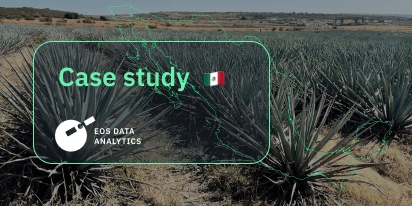
Digital Tools Improve Soil Health And Yields In Mexico
EOSDA and ITTA supported a Guanajuato farm with contour-line planning, monitoring tools, and practical guidance to reduce soil erosion and improve yields in the long run.

Analyze 2025 & Plan Your Best Year Yet: LandViewer Christmas Offer
It’s the most wonderful time of the year! The Christmas holidays are here, and so is your chance to analyze 2025 and plan a prosperous 2026 with more affordable Pro plans in LandViewer.

EOSDA Models Climate Change Impact On Sugarcane Yields
EOSDA modeled future temperature, rainfall, and other climate impacts on Veracruz sugarcane. The results help growers plan long-term adaptation strategies, including timing, varieties, and irrigation.